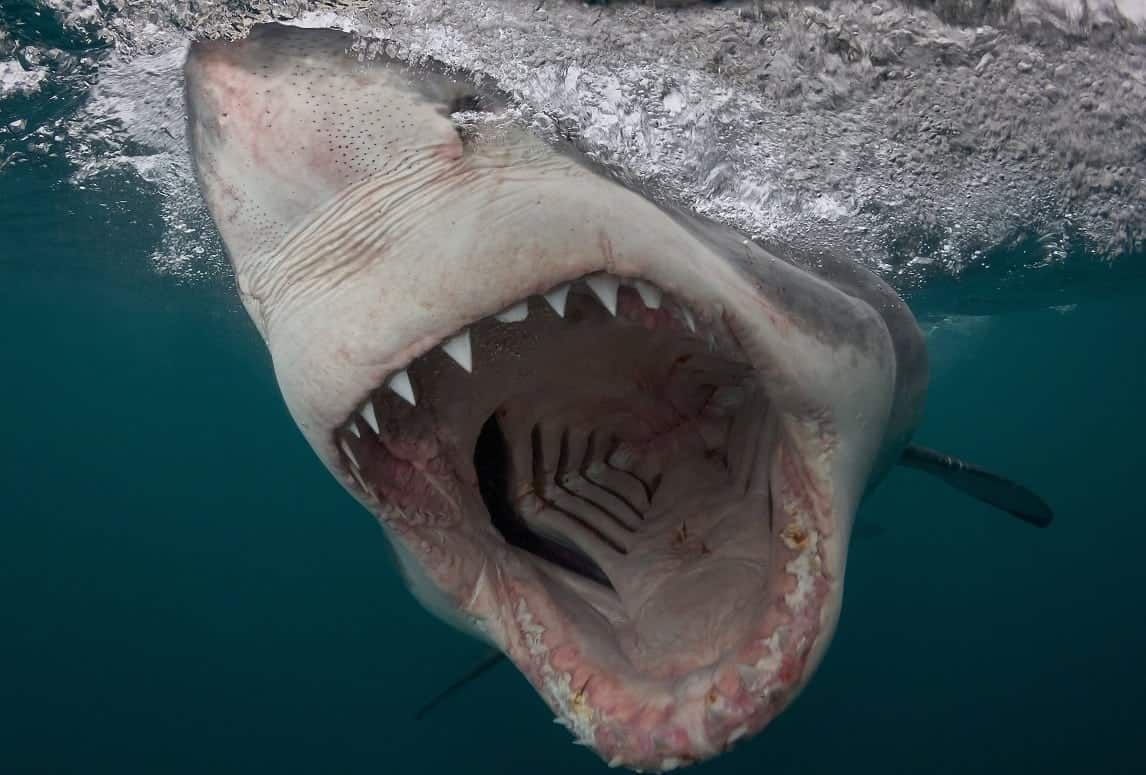
Shark attacks on people are rising – and have doubled over the last 20 years in some parts of the world, warns new research.
Just when you thought it was safe to go back into the water, the East Coast of the United States and Southern Australia are among the regions where attacks by the iconic predators are soaring.
Although the number of shark attacks has increased over time, the study suggests that the rate of attack is “low” and the risk of being attacked by a shark is “highly variable” around the world.
Researchers conducted the first statistical analysis of shark attacks worldwide using data collected over a 55-year period from 1960 to 2015 from the International Shark Attack File housed in the Florida Museum of Natural History in the US.
A spate of shark attacks in North Carolina in 2015 made study lead author Doctor Stephen Midway, whose expertise is in fish ecology, curious about whether the events were unprecedented or normal, numerically speaking.
Dr Midway, an Assistant Professor in the Department of Oceanography and Coastal Sciences at Louisiana State University, said: “I was curious what the likelihood of shark attacks is in a certain number of years at different places around the world.
“While shark attacks are often reported in numbers, we factored in the regional human populations to determine the rate of shark attacks worldwide.
“I think this information could contribute to a more scientifically grounded discussion about sharks in general and help with the management and conservation of them.”
Dr Midway and his colleagues applied time series models to shark attacks in 14 countries and further investigated specific regions within three countries that had the highest number of shark attacks: the US, Australia and South Africa.
Their findings, published in the journal PLOS One, show that shark attack rates, although extremely low, have doubled over the past 20 years in highly populated regions including the East Coast of the US and Southern Australia.
Dr Midway said: “As development increases along the coast and in beach communities, more residents and tourists frequent these waters.
“With more people in the water, the chance for a shark attack increases.
“However, I must stress the fact that not all places across the globe saw an increase.
“And even in the places where we saw an increase, the chances were still one in several million.”
For example, from 1960 to 2015, there were 1,215 reported shark attacks in the U.S. Most of them resulted in minor skin injuries akin to a dog bite. But, about 24, around two per cent, were fatal over the 55-year period.
Study co-author George Burgess, director emeritus at the University of Florida, said: “Humans have always demonised sharks because they are elusive and live in an environment that’s not native to us – the sea.
“We would like people to know that these shark attack events need to be put into perspective whenever they occur. This study helps us step back and look at the big picture.”
Other studies have shown that year-over-year variation in the number of shark attacks is often the result of a combination of several factors. For instance, the increased number of attacks in North Carolina in 2015 is now thought to be the result of a combination of factors including a very warm summer.
Dr Midway added: “We ought to think of the risk of a shark attack like we would think of the risk of a car accident.
“For example, we don’t assess our personal risk of getting into a car accident by the national statistics on car accidents year over year.
“We think about our specific car, the weather, the road conditions and other very local factors.”
He said other variations include the number of people in the water and the type of water activity conducted at specific locations.
ENDS